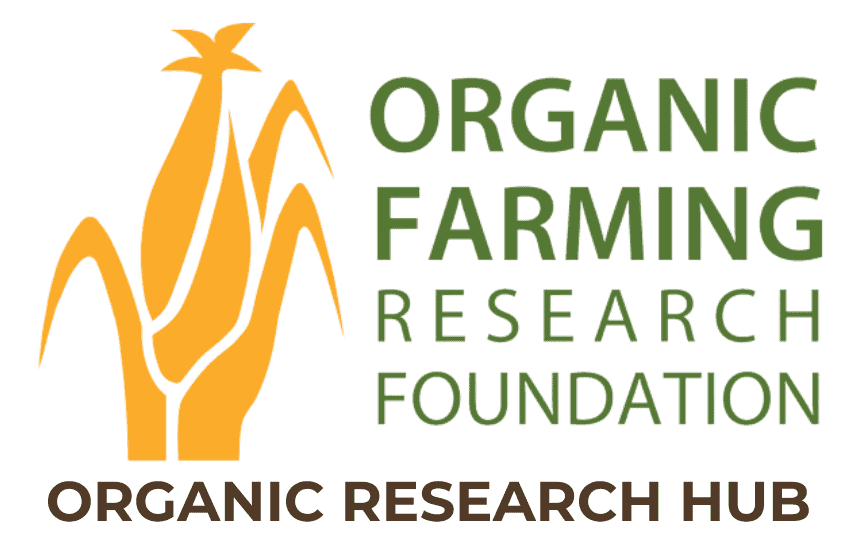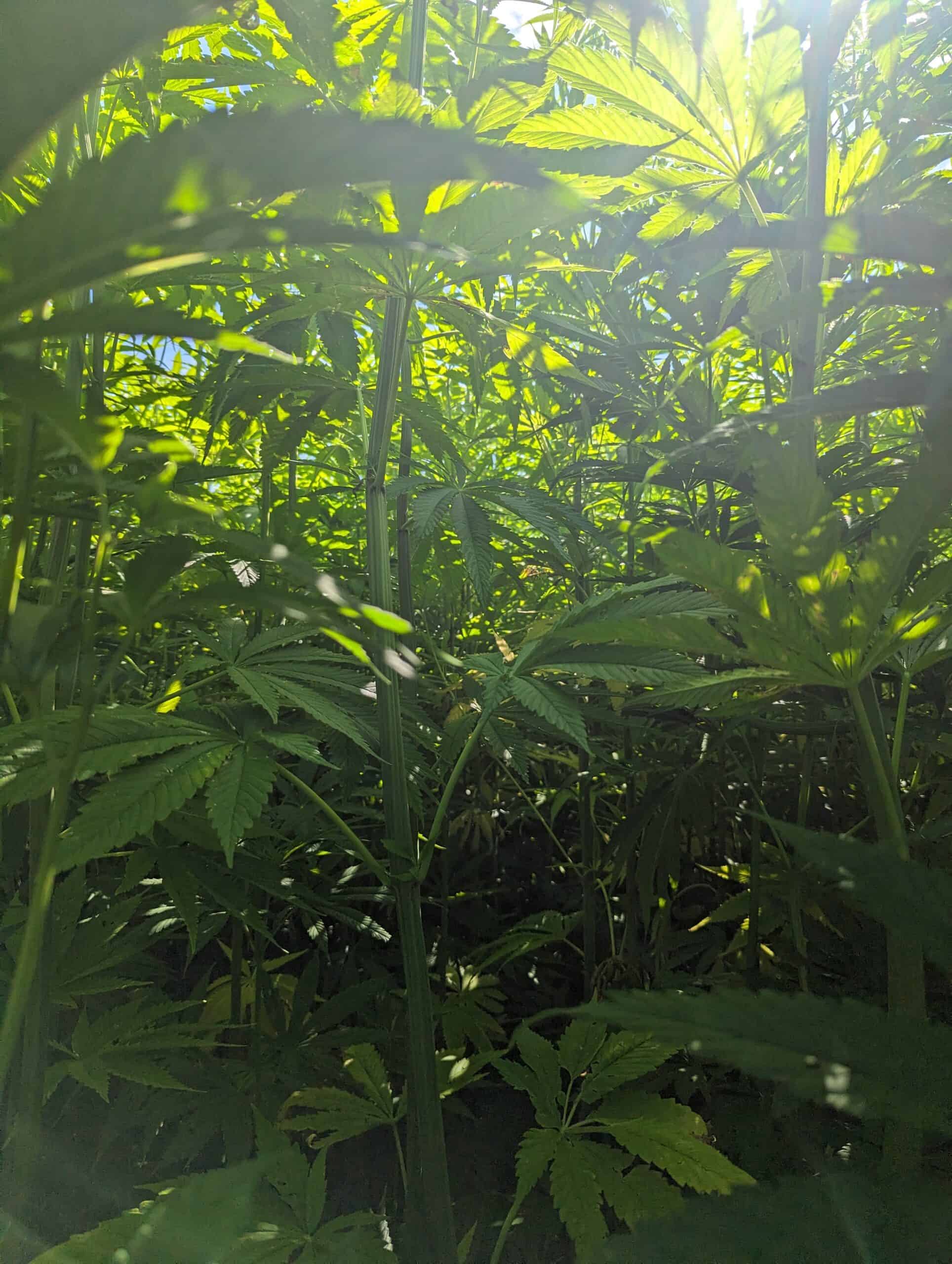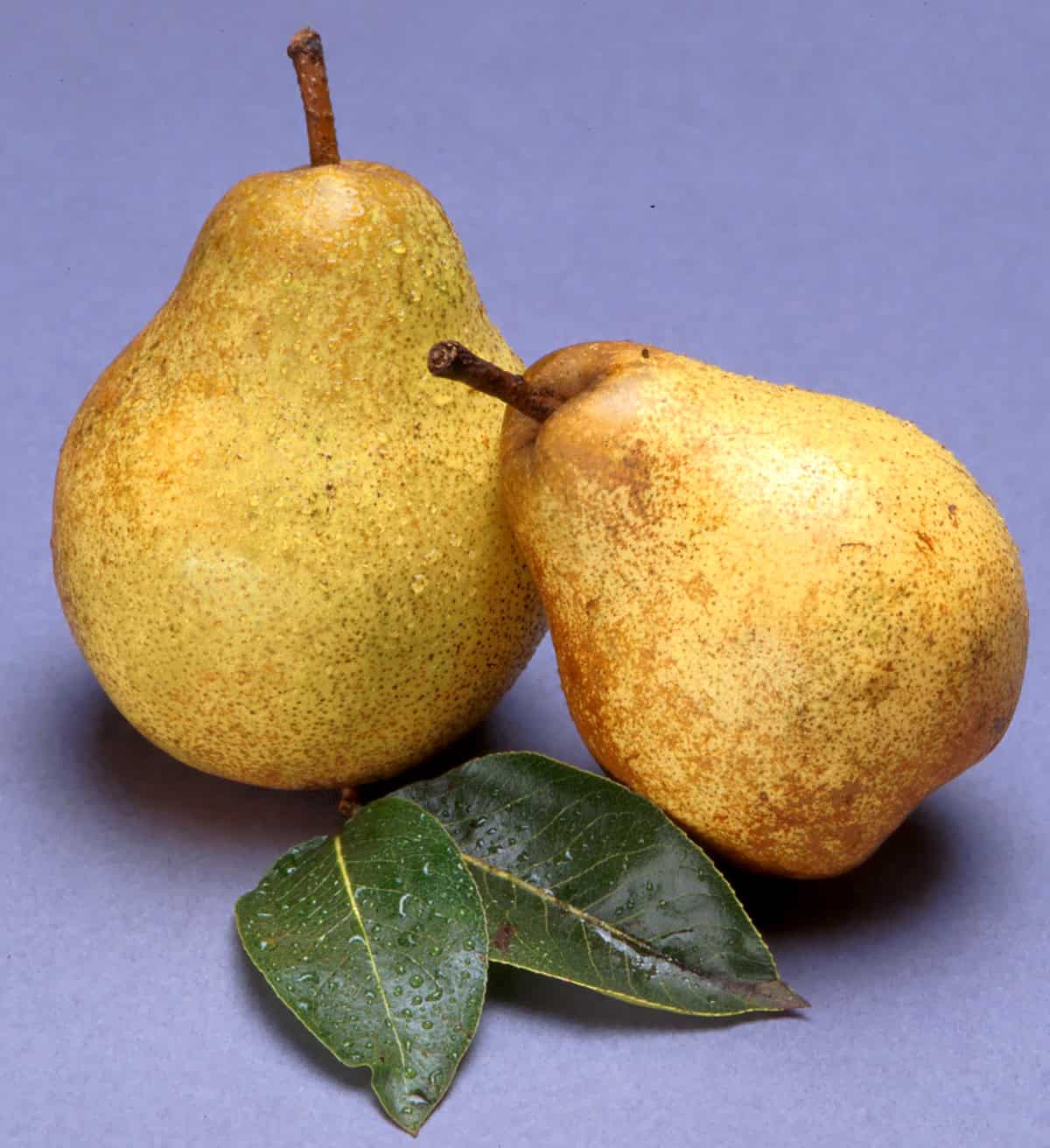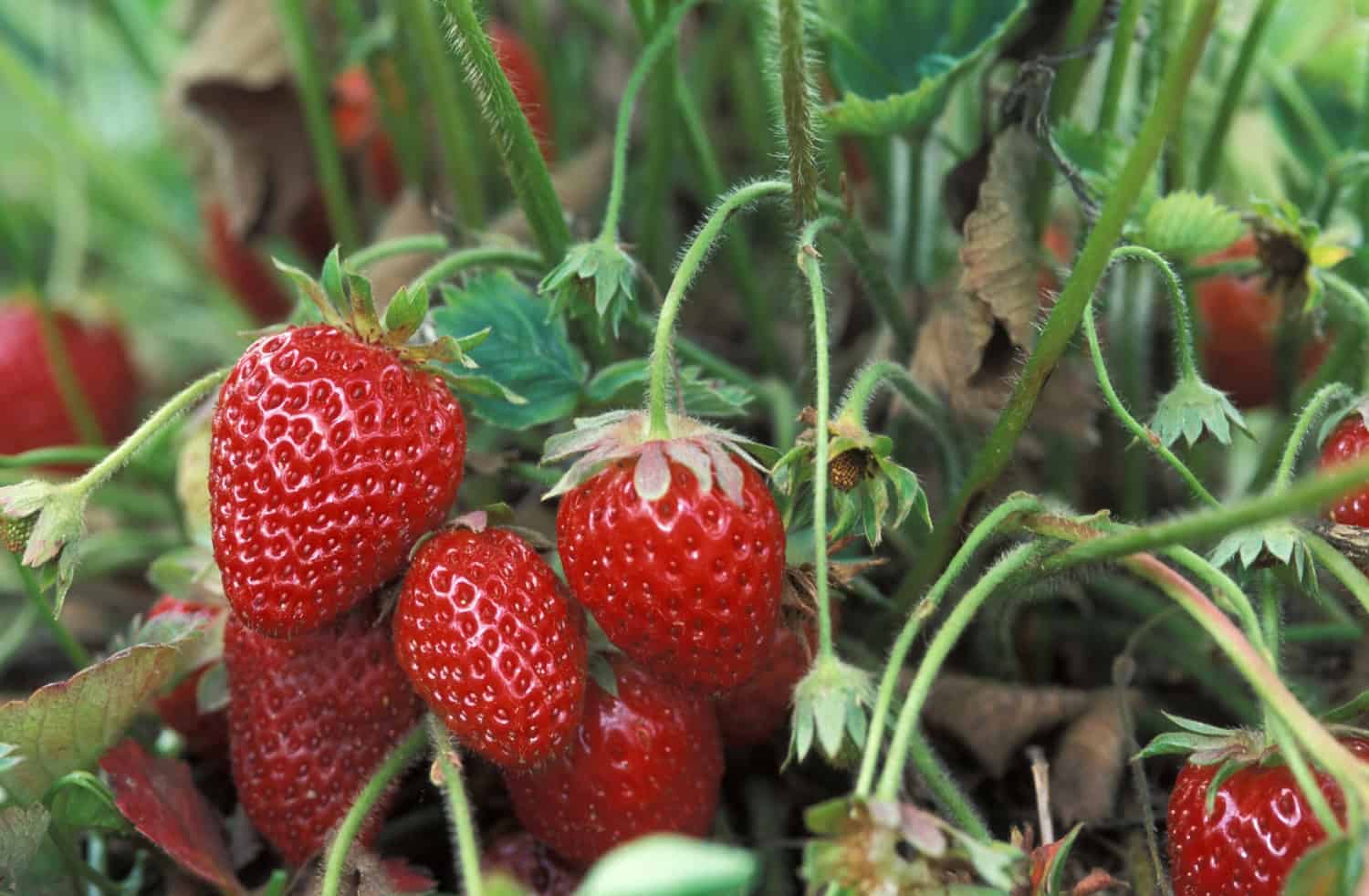Industrial Hemp Production: Effects of Cultivar and Environmental Conditions on Mycorrhizal Fungi and Performance
Project Director: Dinesh Panday, Rodale Institute
Project overview
Industrial hemp is a versatile crop with applications in textiles, seeds, cosmetics, pharmaceuticals, biofuels, and bioplastics. Due to its recent legalization within the United States, hemp has received significant attention within the past few years. In addition to its market versatility, industrial hemp has also been explored for its soil health benefits and C sequestration properties, two qualities integral to both organic and regenerative production systems. However, given hemp’s recent reintroduction to the U.S. agricultural economy, much remains unknown about the differences between hemp cultivars, including which cultivars are optimal for specific growing regions/conditions.
The Rodale Institute (Pennsylvania, United States), a leader in modern hemp research, conducted a two-year field experiment evaluating the performance of four hemp varieties with the goal of better understanding the effects of hemp variety and environmental conditions on hemp growth, yield, and plant-fungal (mycorrhizal) interactions.
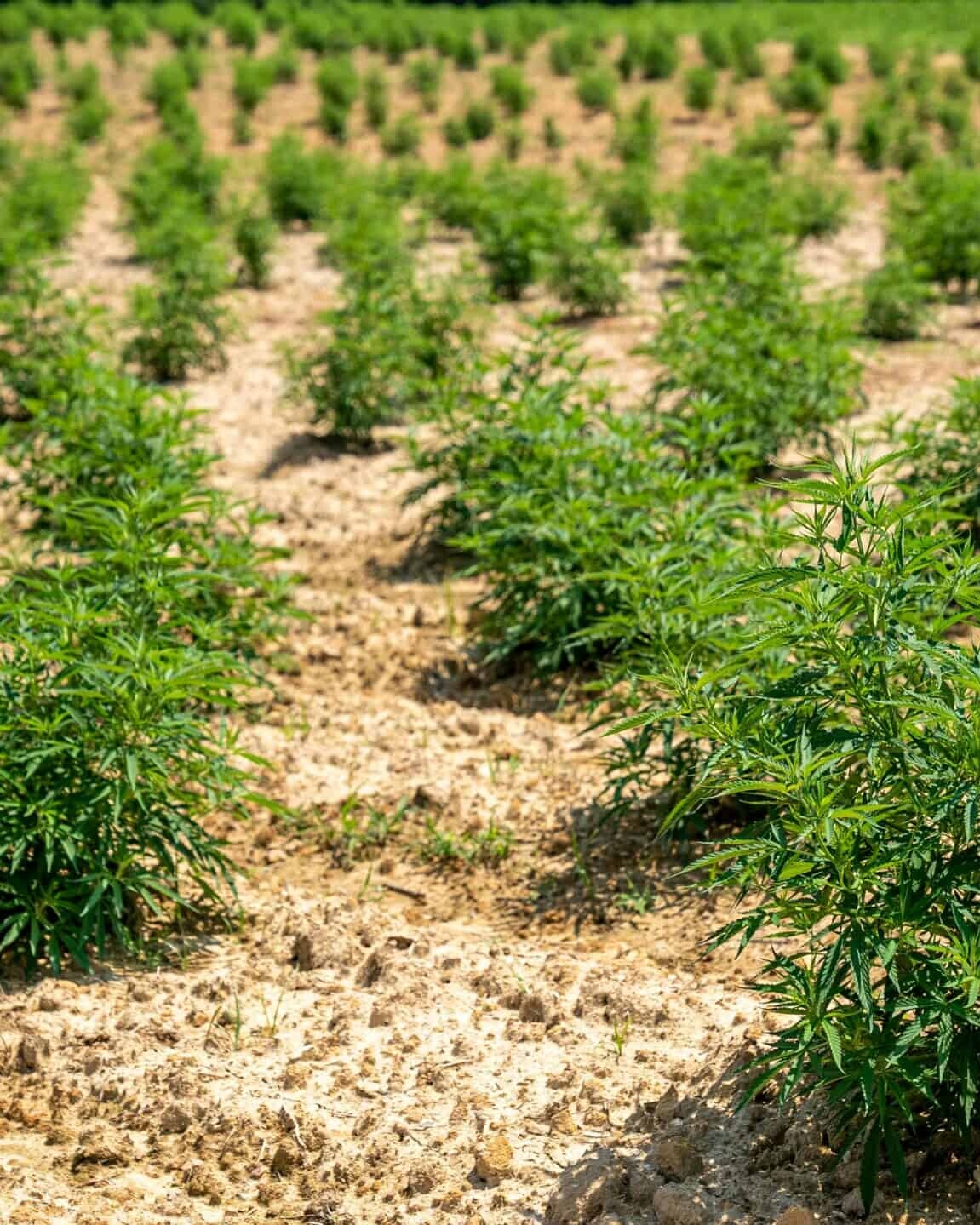
Farmer takeaways
- Of the four hemp varieties evaluated in the study, Han NE and MS 77 showed superior growth and yield for fiber hemp production, suggesting that the environmental conditions in the Northeastern region of the United States support these varieties.
Project objectives and approach
Evaluate the agronomic performance of four hemp varieties
Four hemp cultivars were selected for this field trial: MS 77 (a dual-purpose variety from Australia), Han NE (a fiber variety from China), Futura 75, and Santhica 27 (both fiber varieties from Europe).
Randomized complete blocks were established for the four hemp cultivars, and blocks were seeded in early June at rates corresponding to target plant populations of 2.47 million plant/ha. Plots were fertilized two weeks after sowing with organic blood meal fertilizer (112 kg N/ha) to support early growth.
Baseline soil samples were collected from each block after crop emergence, and crop canopy coverage (measured as fractional green canopy cover, FGCC) was measured twice during the early growing season. Aboveground plant height data and plant biomass data (total, leaf, stem, and flower) were measured immediately prior to harvest (September), when 70-80% of male plants were in the flowering stage.
Three root samples were collected from each plot each year. Roots were washed, and DNA was extracted, amplified (via qPCR), and analyzed from representative samples of fine roots (<2mm). Data were compared between varieties and years.
Key findings
Hemp cultivar may not have a significant impact on early canopy cover establishment
- Canopy cover was measured twice per year during the early growing season (once in June, once in July), and no significant differences were observed among the four varieties within the same reading date. As expected, canopy cover increased for all varieties between the June and July readings for both years.
- Of the four cultivars, Han NE recorded the highest canopy cover values for both the first and second reading dates over both years of the trial, suggesting that Han NE might grow slightly faster than the other cultivars in Northeastern growing conditions.
Plant height is strongly influenced by both cultivar and environmental conditions including temperature and precipitation, with slightly warmer summers offering more favorable growing conditions for all cultivars
- Plant height at harvest was significantly influenced by both cultivar and growing year. The height differences due to growing year may be attributable to differences in temperatures between 2022 and 2023, with 2023 experiencing higher temperatures that seemed favorable for industrial hemp production.
- Han NE plants were significantly taller than plants from the other cultivars.
Plant biomass yield (total, stem, leaf, and flower) is significantly influenced by both cultivar and growing year
- Biomass and stem yields were higher across all cultivars in 2023 than in 2022, but the relative trends between cultivars remained consistent over both years, suggesting a strong genetic influence on biomass production.
- Han NE and MS 77 produced higher biomass and stem yield than Futura 75 and Santhica 27.
- Leaf and flower yield varied by cultivar and by growing year, with no discernible trends emerging. Longer-term studies would be needed to identify trends between cultivars for these metrics.
Resources
Panday, D., Heller, W. P., Carrara, J. E., Bhusal, N., Omoding, N., Caton, T., Walsh, A., Smith, A., & Ghalehgolabbehbahani, A. (2025). Performance and mycorrhizal colonization of industrial hemp varieties under regenerative organic systems in Northeastern region. Agrosystems, Geosciences & Environment, 8
Read MoreLocation
PennsylvaniaCollaborators
Wade P. Heller, USDA Agricultural Research Service
Joseph E. Carrara, USDA Agricultural Research Service
Nikita Bhusal, University of Florida
Nicholas Omoding, University of Manchester
Tara Caton, Rodale Institute
Ashley Walsh, Pocono Organics
Andrew Smith, Rodale Institute
Arash Ghalehgolabbehbahani, Rodale Institute
Region
Northeast
Topic
Soil Health, Climate Solutions, Plant Breeding, Varieties, and Seeds
Category
Grain and Field Crops
Year Published
2025
